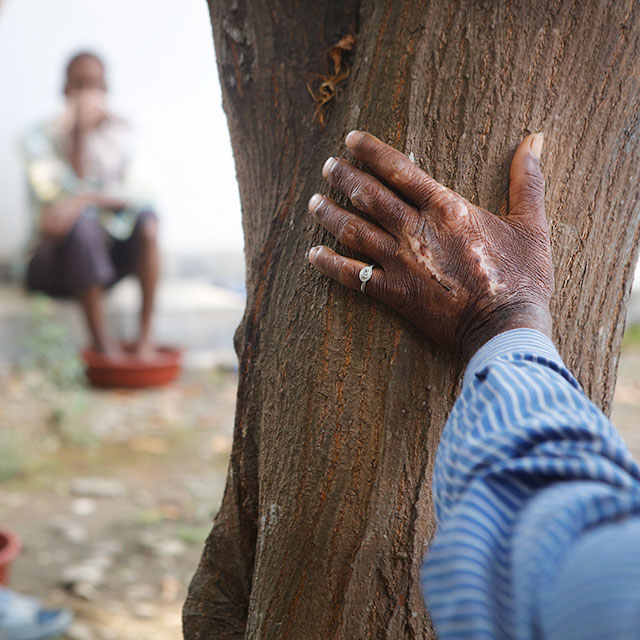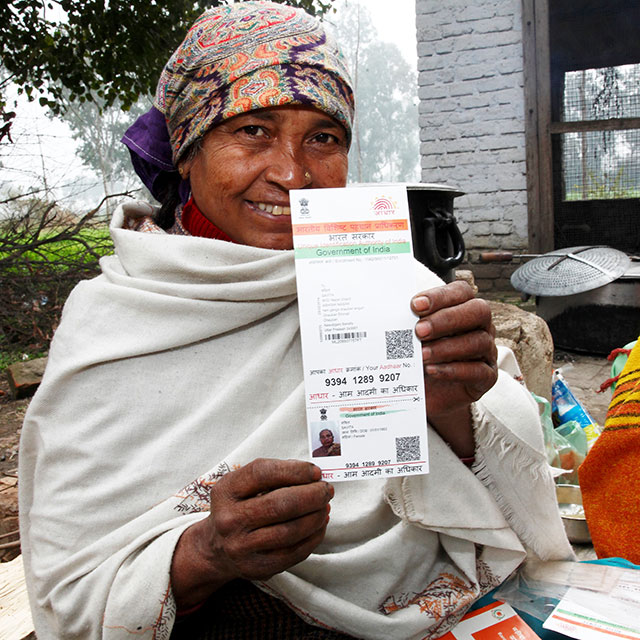Zero Discrimination
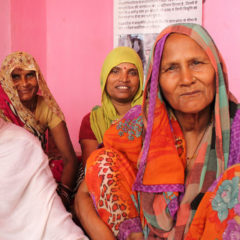
Reaching Zero Discrimination
For thousands of years, stigma, discrimination and social exclusion have been a blight on the lives of people affected by leprosy. In their experience, negative community attitudes can be the most troubling and the most disabling consequences of the disease, even when they have no visible impairments. There is no medical justification for such prejudice: it is a social invention, a label. Nevertheless, it is real. Through ongoing research, local and international advocacy and community-based programmes, we are working together with partners to promote the inclusion of people affected by leprosy and their family members, and tackle the myths, unjust laws and all forms of anti-leprosy prejudice and exclusion.
Challenges
Segregation
What people affected by leprosy are describing is, in effect, segregation. This is not the same segregation as 100 years ago when people were banished onto islands or forced into leprosy homes or colonies. The segregation people experience today is through the daily actions of people around them. Not touched. Not welcome in the shop. Not traded with. Barred from school or else the object of hatred or violence from teachers or fellow students. Not offered a job. Shut out from health facilities. Not invited to events or to meals. Not welcome in the temple, church or mosque. Never considered as someone who could marry a son or daughter. Told to leave the family home and find somewhere else to live.
Poverty, dehumanisation, mental torture, despair, even suicide
The results – poverty, dehumanisation, mental torture, despair, even suicide – are the daily reality for up to 5 million women, men and children today. This is true not only at community level. More than 20 countries keep discriminatory laws in force against persons affected by leprosy. Even where legislation guarantees their rights, they often have no access because they are not officially recognised as persons with disabilities.
Lack of government commitment
In 2010 the United Nations adopted Principles and Guidelines for elimination of the discrimination against persons affected by leprosy and their family members. These Guidelines are modelled on the CRPD Convention and they form an excellent roadmap on how to enforce legally binding human rights of persons affected by leprosy and their family members. The Principles and Guidelines are now included in the WHO Global Leprosy Strategy, but they are not mandatory and have largely been ignored, and so the same segregating patterns persist. Until governments incorporate these elements into their national human rights legal frameworks, and adopt concrete strategies in relation to this, it seems likely that anti-leprosy stigma may continue for a long time after leprosy transmission has ceased.
Working for positive change
Laws and regulations
ILEP has taken the international lead in cataloguing discriminatory laws and regulations and monitoring actions to amend or repeal them. Our website shows the country locations and details of all the laws currently in place. ILEP and its Members are at the forefront of lobbying for change, especially in India where there is momentum to repeal more than 100 discriminatory laws.
Rights
Tackling discrimination goes far beyond the need to abolish discriminatory laws and practices. ILEP and its members are working at various levels in countries, and internationally, to encourage a rights-based and inclusive approach to ending leprosy stigma. The ILEP Office engages actively with human rights bodies in Geneva, especially advocating with the CRPD Committee to ensure that it includes a special focus on leprosy. ILEP supports the mandate of Alice Cruz, UN Special Rapporteur on the elimination of discrimination against persons affected by leprosy and their family members.
Research
The growing volume of research into the causes of stigma has demonstrated that knowledge, beliefs, fears, attitudes and practices are by no means uniform across countries and communities. This means that more research, and the validation across cultures of existing research, are needed if our interventions to end stigma are to be effective. The ILEP Stigma and Mental Wellbeing Guides, republished in 2020, include a range of evidence-based strategies to prevent or mitigate negative effects of stigma on social inclusion and mental wellbeing. In 2021, ILEP researchers with experience studying mental health and the impacts of stigma, participated in a workshop hosted by the Global Partnership for Zero Leprosy on stigma and mental wellbeing. Outcomes included concept notes that identify research questions. These can be used to develop research projects that are adaptable to different settings and funder requirements.
Voice
It is important for ILEP’s decisions to be influenced by the voice of persons affected by leprosy. The ILEP Advisory Panel, which meets twice a year, consists of seven women and men with personal experience of leprosy, each of them with active links into communities of leprosy-affected people in their own countries. Through these connections, ILEP can bring into its forums the views of organisations of persons affected by leprosy in an increasing number of countries.
People’s organisations
Leprosy affected people’s organisations are making a major contribution to challenging stigmatising attitudes and defending the rights of people affected by leprosy. Leading examples include MORHAN (Brazil), ENAPAL (Ethiopia), APAL (India), PerMaTa (Indonesia) and HANDA (China). National organisations of persons affected by leprosy are emerging in an increasing number of endemic countries. ILEP Members have taken initiatives over many years to support the establishment and ongoing vitality of these organisations. In 2023, ILEP Member personnel will meet electronically to explore how to most effectively nurture the start-up and growth of people’s organisations without resulting in dependency.
Discriminatory laws and regulations
One of ILEP’s key goals, along with the World Health Organization and other partners, is to reduce to zero the number of countries with legislation and regulations allowing discrimination on basis of leprosy. Some of these are the residue of erroneous policies of segregation from the past. Others are more recent. But all are offensive and need to be repealed or amended.
The majority of the discriminatory laws are in India. After lobbying by ILEP and its Members, the Government made commendable steps in 2018 and 2019 to amend or repeal national laws, but around a hundred laws remain on the statute books of individual states in India.
ILEP maintains the authoritative database of all known discriminatory laws and regulations. On a positive note, we also maintain a database of laws and good practices that mandate the inclusion of people affected by leprosy. These are a useful resource for countries interested to improve the lot of people affected by leprosy and their family members.
See here for ILEP’s searchable database of discriminatory laws and regulations, and here for examples of good practices.
Case studies
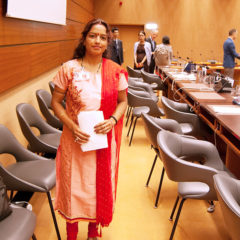
Rachna’s story
Rachna Kumari was 24 when she discovered she had leprosy. The crippling stigma that she experienced has enabled her to understand and help those living with the disease in Bihar, India. Her husband supported her when she was diagnosed with […]
Read More →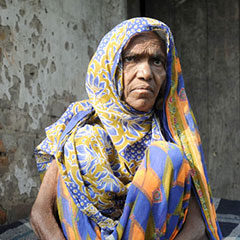
Girls & women affected by leprosy
Women affected by leprosy already make up some of the worlds’ poorest and most marginalised groups. In many societies, girls and women with disabilities are particularly vulnerable to abuse. Gender is therefore an important area of ILEP’s focus. We are […]
Read More →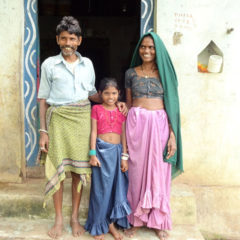
Neru’s Story: Losing out on childhood and schooling
Neru was only eight when she discovered she had leprosy. Her mother had noticed patches on Neru’s body and Neru also complained of numbness in her right hand and right leg. As time went on this numbness worsened and her […]
Read More →